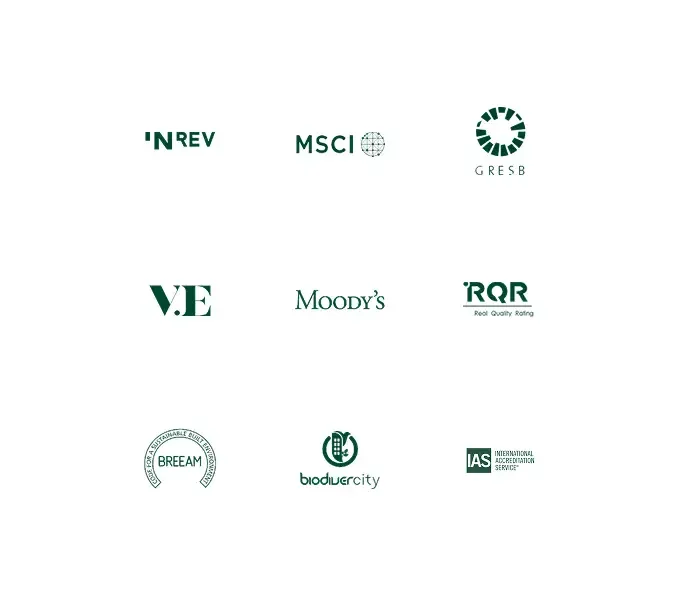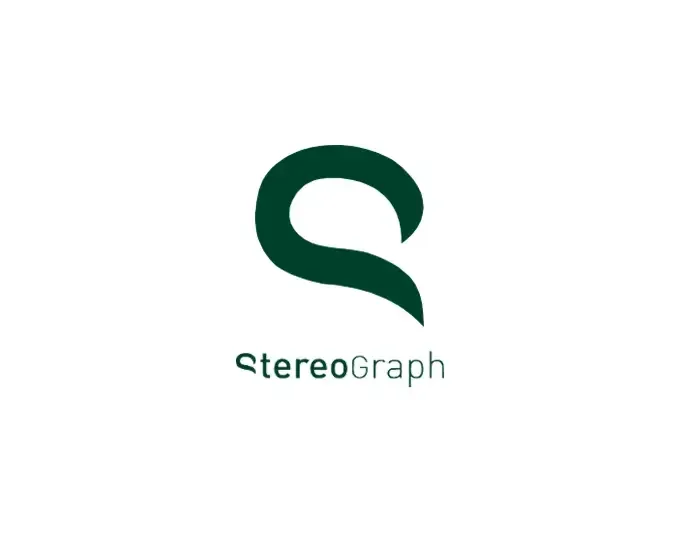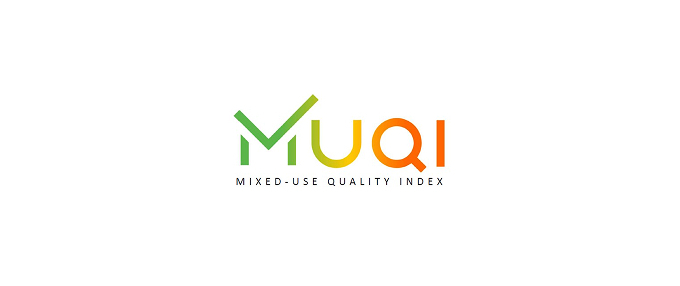What is the methodological basis used?
We will complement established building environmental assessment standards such as BREEAM, continue to embed tools to identify urban value in diversity, such as MUQI (Mixed Use Quality Index), and implement rating systems such as RQR, to ensure that our standards remain high.
We look for best market practices, such as those identified by INREV.
One by one, these indicators integrate our own BIM platform developed by Stereograph and deployed with Nhood. Our vision: to make consolidated data « the one single source of truth » and drive the performance of our projects, from design to management and sales.
This mix of technical solutions, reference systems and parameters enables us to design, model, simulate, measure, optimize, adapt, de-risk or, if necessary, analyze the root causes of the externalities of each of our projects and assets. What's more, they help us to move from benchmarking to action and continuous improvement.

Combining the best existing reference systems and proprietary tools
Our contributions are measured on the 3 «scopes» inspired by the Greenhouse Gas Protocol:
- Scope 1 - impact of direct activity
- Scope 2 - indirect impact linked to the energy required
- Scope 3 - indirect impact linked to materials and the rest necessary for the activity.
We think we need to be more precise on scope 3 and distinguish the scope on which the company can have an influence. starting with our procurement.
To qualify (objectify and quantify) our negative and positive impacts, each project is analyzed on 3 dimensions: assets quality, the transformation of our sites and contribution to the territories.
Asset quality
Evaluation on the basis of industry standards
Measurement / Evaluation / Improvement
Site transformation
17 accelerators of site transformation
Acceleration / Progress / Trajectory
Contributions to territories
Assessment of direct and indirect contribution to SDGs
Contribution / Prioritization / Ambitions

Existing standards, evaluators and rating agencies
- NREV - Reporting
- MSCI - Benchmarking, Understanding & Analysis of the main factors of risk and return.
- GRESB - Benchmarking
- EV - Target Progressing
- Moody's - Climate Risks
- RQR - Real Estate Quality, Risk and ESG
- BREEAM - BREEAM In Use Label
- Biodivercity - Biodiversity Assessment of Urban Projects
- IAS - Label IAS Accessibility for people with reduced mobility
The functional architecture data from this modeling is consolidated with the rest of the data in the BIM (Building Information Modeling) platform via the technologies of Stereograph and the other partners..


Innovating and contributing, creating references
MUQI, the first urban real estate quality reference system
Mixed-Used Quality Index is a tool developed by Nhood and RQR that measures both building quality and quality of life at the neighbourhood level.
The benchmark incorporates indicators on which we base our site transformation, regeneration and development strategies.
Urban quality is assessed on the three dimensions of triple impact (People, Planet, Prosperity), i.e. over a hundred holistic criteria, which have nurtured our 17 transformation accelerators.
17 Transformation Accelerators
We have identified 17 transformation accelerators that can be applied to all our projects. These accelerators are areas of progress that are used to plan and measure the maturity of our transformation plan, site by site.
The 17 accelerators are classified into 2 categories:
intensity of use (12) and urban diversity (5).
They illustrate our desire for frugality (less space consumption), effectiveness, efficiency and intensification of uses.
The United Nations SDGs
People, Planet, Prosperity, through the framework of the SDGs
Established by the United Nations, the 17 Sustainable Development Goals (SDGs) are intended to be both a framework and a matrix of major challenges to be met, for every country in the world.
Putting economic prosperity, human well-being and ecosystem protection on an equal footing, the SDGs draw a picture of a sustainable society that we should aim to achieve by 2030.
Ceetrus was welcomed into the Global Compact in January 2024: this involves the implementation of specific reporting around the 10 principles of sustainable development and the 17 SDGs.

